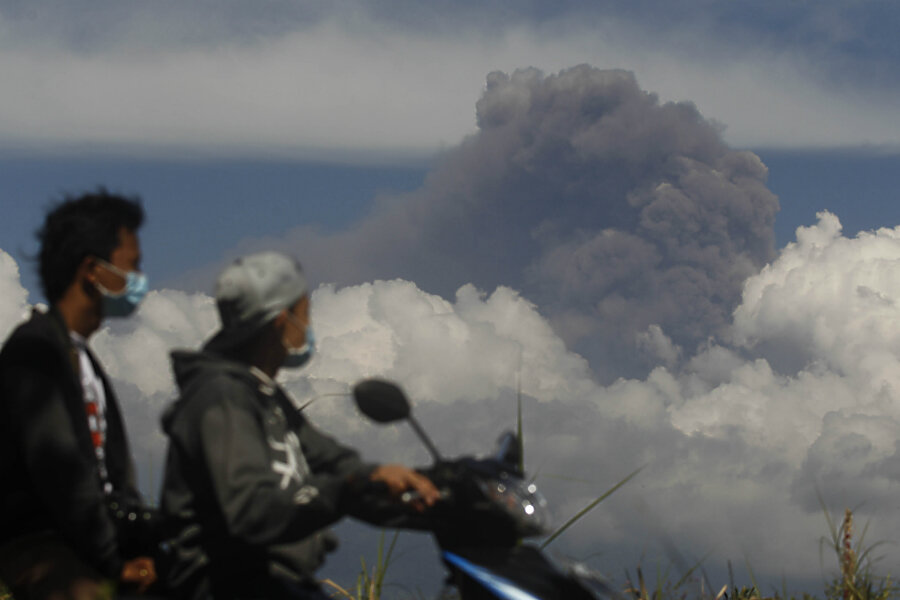Indonesia closes down five airports after volcanoes erupt
Loading...
Ash streaming from two volcanoes has forced Indonesian authorities to shut five airports, leaving thousands unable to travel home for the Eid al-Fitr holiday.
The closures were prompted by eruptions at Mount Raung on the main Java island and Mount Gamalama in eastern Indonesia, CNN reported.
Mount Raung, which has been active for weeks, caused Denpasar airport on the Indonesian island of Bali to close last week. Fresh eruptions took place on the eve of Friday's Eid festival, which marks the end of the Muslim holy month of Ramadan.
“Mount Raung on the main island of Java blasted ash and debris up to 2,000 meters (6,560 feet) into the air after rumbling for several weeks, and Gamalama mountain in eastern Indonesia erupted Thursday after months of quiet,” The Associated Press reported.
According to the AP, Indonesia’s Transport Ministry spokesman Julius Adravida Barata said volcanic ash spewing from Raung blew close to the cities of Surabaya and Malang, forcing Juanda International and Abdurrahman Saleh airports to close.
The airports were closed over safety concerns, though the ash and steam emitted by volcanoes is less likely to affect visibility.
“Volcanic ash can be dangerous for planes as it can get sucked into engines and melt,” the BBC reports. “It could then turn into a kind of molten glass that coats the inside of engines and affects fuel flow, which can cause engines to shut off.”
Volcano eruptions are a common occurrence in Indonesia. The country lies on the so-called Pacific "ring of fire" – an arc of tectonic instability that covers both sides of the vast Pacific Ocean. There are over 130 active volcanoes in Indonesia – more than any country on earth.
Last year, Indonesia’s Mount Sinabung, which had laid dormant for many years, experienced repeated eruptions for months. At least 16 people were killed by ash from the volcano.
Two of the most devastating volcanic eruptions in recorded history took place in Indonesia. The 1815 eruption of Mount Tambora spewed so much ash into the atmosphere that it disrupted world climate, causing widespread crop failures in what Europeans would call "the year without summer."
In 1883, the disastrous eruption of Krakatoa was followed by severe tsunamis that killed about 36,000 people, one of the deadliest volcanic events in history.







